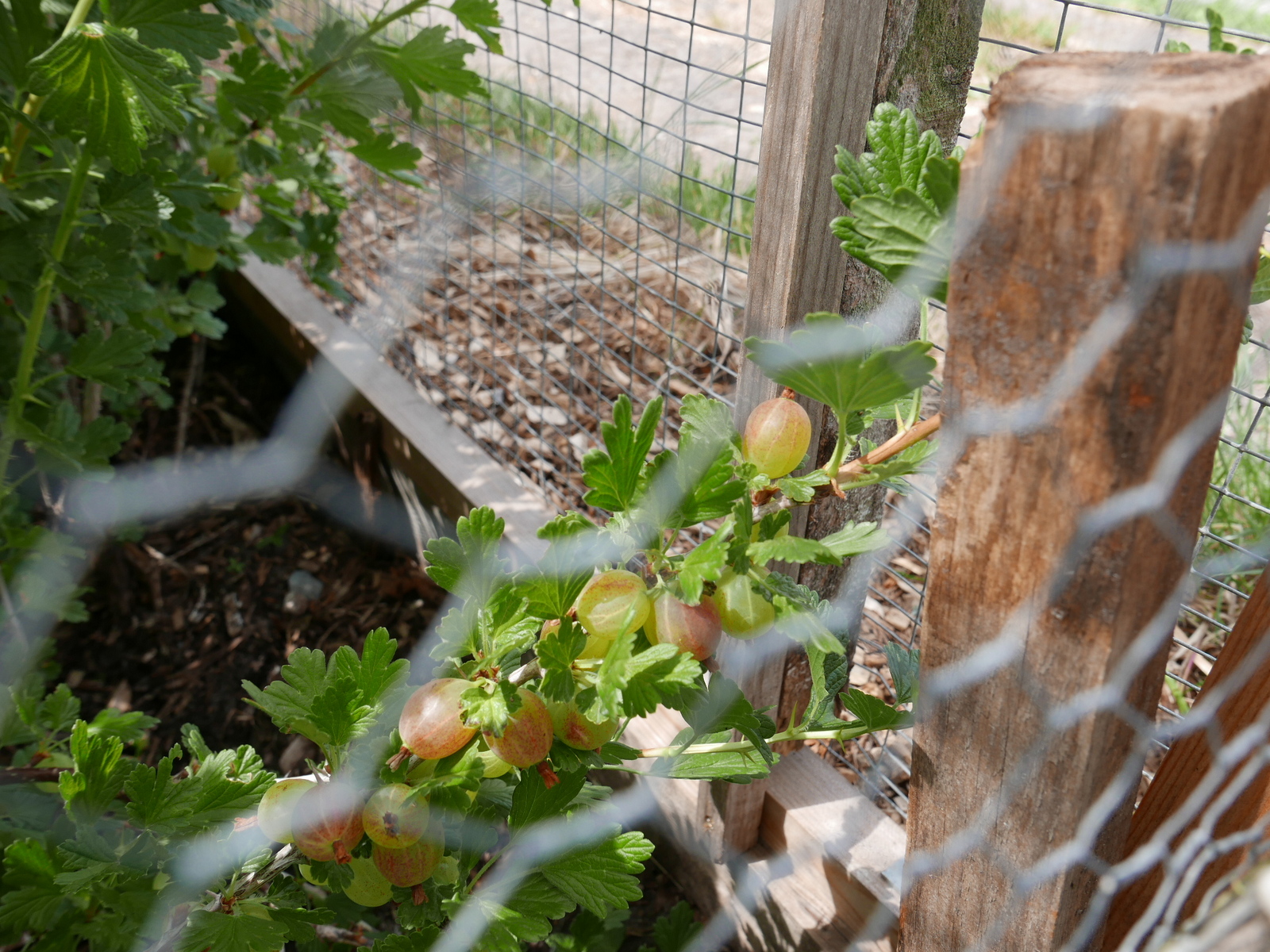Health Benefits of Gooseberries.

Gooseberries are nutritious, low-calorie fruits that are rich in vitamins, minerals, and antioxidants.
Though research on gooseberries specifically is limited, many of the nutrients in these berries have been linked to significant health benefits.
These include lower blood sugar, cholesterol, and blood pressure levels, as well as a reduced risk of cancer, diabetes, heart disease, and age-related illnesses of the brain.
Gooseberries are a wonderful, healthy fruit to include in your diet as a snack or flavorful addition to meals.

Gooseberries are nutritious, low-calorie fruits that are rich in vitamins, minerals, and antioxidants.
Though research on gooseberries specifically is limited, many of the nutrients in these berries have been linked to significant health benefits.
These include lower blood sugar, cholesterol, and blood pressure levels, as well as a reduced risk of cancer, diabetes, heart disease, and age-related illnesses of the brain.
Gooseberries are a wonderful, healthy fruit to include in your diet as a snack or flavorful addition to meals.


















































